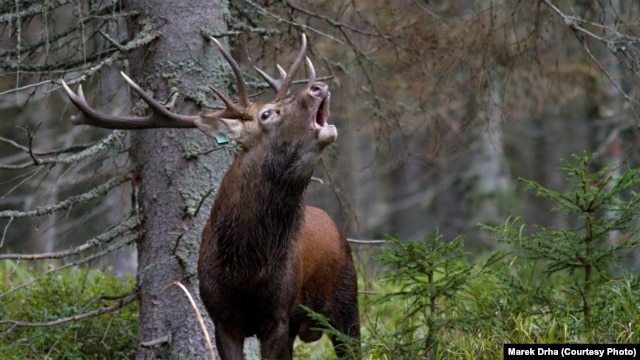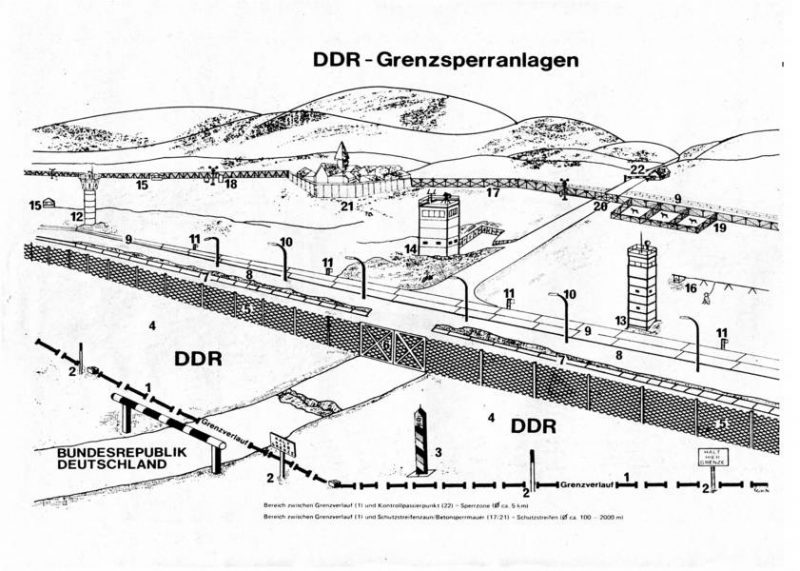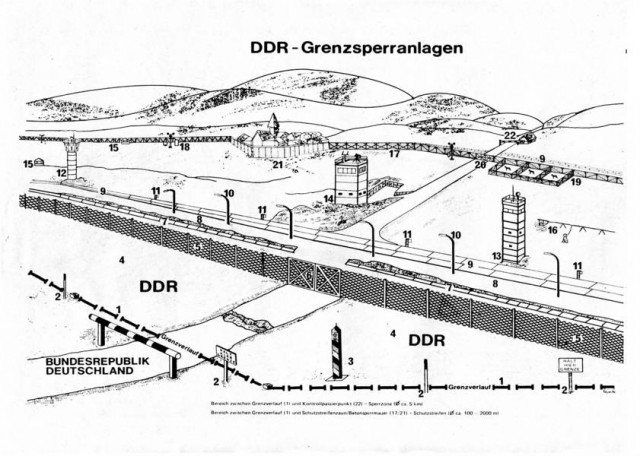The Iron Curtain has long been removed. The electric fences, barbed wires, watchtowers and heavily-armed guards that once lined the borders are long gone. But the red deer still would not dare cross the borders.
The behavior acquired during the height of the Cold War still continue to persist among thriving herds of deer that roam the mountains in the former Czechoslovakia and West Germany.
The Iron Curtain heavily fortified the borders that separated the East and West. The once site of tension between two conflicting ideologies that cross national parks and isolated areas today serve as summertime migratory destinations for the red deer.
The fortifications installed lasted from the Cold War until the fall of Communist countries in Europe in 1989.
After the Cold War, Germany’s Bavarian Forest National Park and the Czech Republic’s Sumava National Park removed the barriers for protected animals such as the red deer to roam safely and freely on the territory. The removal of the Iron Curtain was made in the spirit of fellowship.
However, despite the move, the herds of deer on either side of the border still remain hesitant to cross the line where the Iron Curtain once traverse.

Czech and German zoologists monitored the migration behavior of red deer on both sides of the once-installed Iron Curtain. They placed GPS satellite collars on more than 100 red deer between 2005 and 2011 to track their movements.
The results of the six-year research were published in the Czech Republic only recently in a book dubbed as “Deer in Sumava.”
The head of the team of researchers, Czech Pavel Sustr, said that the studies discovered that the migratory patterns of the approximately 1,800 deer that thrive in Sumava are of little difference to their ancestors which roamed the mountains decades ago.
“Deer on the Czech side of the Bohemian Forest wander no farther than where barbed wire used to mark the restricted area along the national border,” said Pavel Sustr.
“It’s going to absolutely the same place in the following years,” Sustr said. “And because of this traditional behavior, they are still somehow respecting the former Iron [Curtain].”
He further explained that some of the deer, especially the male ones are daring to go into uncharted territory. However, these are mostly rare cases as most still follow the traditional behavior as if the Cold War in the mountains of Central Europe is not yet over.
“More animals in the last year are crossing [the border], but the trend, or the change, is quite slow because of the traditional behavior of the deer,” Sustr said. “The young deer [during its] first year follows its mother [and] the mother is teaching [it] the area. So, more or less, the behavior of the mother [determines] the area which is used by the deer in later years.”
“Only the females generally remain on the German side,” said Marco Heurig, a wildlife researcher at Bavarian Forest National Park.
“For reasons of safety, the females prefer to stay with their offspring in the national park on the German side,” he said.
He explained the female deer refuse to go to the Czech side of the border because the area was once littered with hunters of wild animals. The males, on the other hand, behave differently.
“Young males, in particular, roam many kilometres across the formerly fortified border in search of females,” Heurig revealed.

